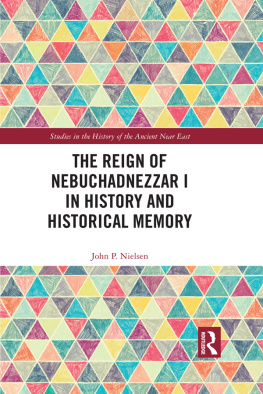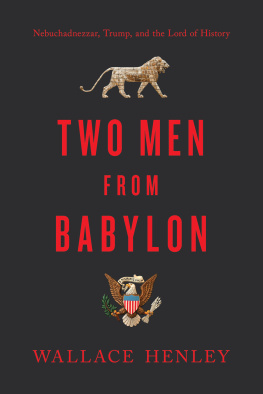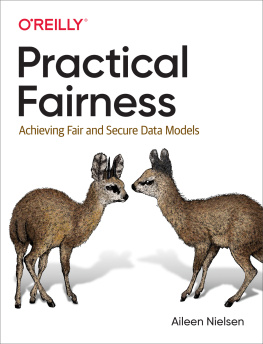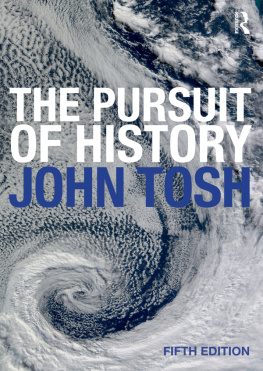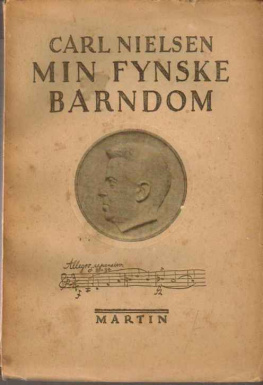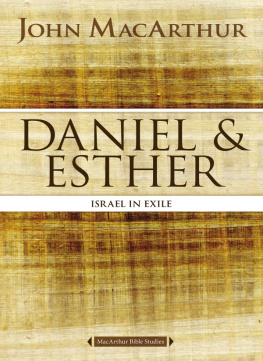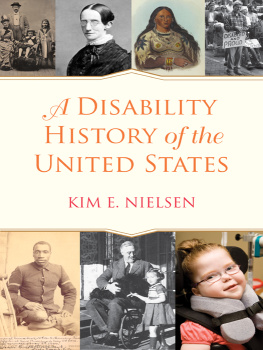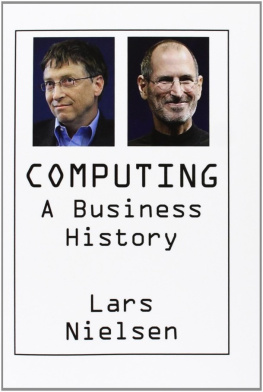The Reign of Nebuchadnezzar I in History and Historical Memory
This is the first book-length study devoted to the reign of Nebuchadnezzar I, a Babylonian king of the late 12th century BC who is best known to students of ancient Mesopotamia for his recovery of the statue of the national god Marduk from its captivity in Elam. Nielsen achieves two feats of scholarship: he presents a lucid account of Nebuchadnezzar I and his times, and then traces his legacy right down to the Seleukid era, based on careful analysis of a wide range of cuneiform sources including literary texts. His investigation of historical and collective memory within the Mesopotamian cultural tradition represents a major contribution to ancient Near Eastern historiography.
Heather Baker, University of Toronto, Canada
Nebuchadnezzar I (r. 11251104 BCE) was one of the more significant and successful kings to rule Babylonia in the intervening period between the demise of the Kassite Dynasty in the twelfth century at the end of the Late Bronze Age and the emergence of a new, independent Babylonian monarchy in the last quarter of the seventh century. His dynamic reign saw Nebuchadnezzar active on both domestic and foreign fronts. He tended to the needs of the traditional cult sanctuaries and their associated priesthoods in the major cities throughout Babylonia and embarked on military campaigns against both Assyria in the north and Elam to the east. Yet later Babylonian tradition celebrated him for one achievement that was little noted in his own royal inscriptions: the return of the statue of Marduk, Babylons patron deity, from captivity in Elam.
The Reign of Nebuchadnezzar I in History and Historical Memory reconstructs the history of Nebuchadnezzar Is rule and, drawing upon theoretical treatments of historical and collective memory, examines how stories of his reign were intentionally utilized by later generations of Babylonian scholars and priests to create a historical memory that projected their collective identity and reflected Marduks rise to the place of primacy within the Babylonian pantheon in the first millennium BCE. It also explores how this historical memory was employed by the urban elite in discourses of power. Nebuchadnezzar I remained a viable symbol, though with diminishing effect, until at least the third century BCE, by which time his memory had almost entirely faded. This study is a valuable resource to students of the Ancient Near East and Nebuchadnezzar, but is also a fascinating exploration of memory creation and exploitation in the ancient world.
John P. Nielsen is Assistant Professor of History at Bradley University, Peoria, IL, USA.
Studies in the History of the Ancient Near East
Series editor: Greg Fisher
Carleton University, Canada
Studies in the History of the Ancient Near East provides a global forum for works addressing the history and culture of the Ancient Near East, spanning a broad period from the foundation of civilisation in the region until the end of the Abbasid period. The series includes research monographs, edited works, collections developed from conferences and workshops, and volumes suitable for the university classroom.
Available titles:
Being a Man
Negotiating Ancient Constructs of Masculinity
Edited by Ilona Zsolnay
Losing Ones Head in the Ancient Near East
Interpretation and Meaning of Decapitation
Rita Dolce
The Reign of Nebuchadnezzar I in History and Historical Memory
John P. Nielsen
Discovering Babylon
Rannfrid Thelle
For more information about this series, please visit: https://www.routledge.com/classicalstudies/series/HISTANE
First published 2018
by Routledge
2 Park Square, Milton Park, Abingdon, Oxon OX14 4RN
and by Routledge
711 Third Avenue, New York, NY 10017
Routledge is an imprint of the Taylor & Francis Group, an informa business
2018 John P. Nielsen
The right of John P. Nielsen to be identified as author of this work has been asserted by him in accordance with sections 77 and 78 of the Copyright, Designs and Patents Act 1988.
All rights reserved. No part of this book may be reprinted or reproduced or utilised in any form or by any electronic, mechanical, or other means, now known or hereafter invented, including photocopying and recording, or in any information storage or retrieval system, without permission in writing from the publishers.
Trademark notice: Product or corporate names may be trademarks or registered trademarks, and are used only for identification and explanation without intent to infringe.
British Library Cataloguing-in-Publication Data
A catalogue record for this book is available from the British Library
Library of Congress Cataloging-in-Publication Data
A catalog record has been requested for this book
ISBN: 978-1-138-12040-2 (hbk)
ISBN: 978-1-315-64826-2 (ebk)
Typeset in Sabon
by Apex CoVantage, LLC
For Mom and Dad
Dawn and John Mark Milli and Steve
Contents
PART I
Writing history and recovering memory, sources and methodologies
PART II
Nebuchadnezzar I and his times
PART III
Remembering Nebuchadnezzar I in the first millennium BCE
PART IV
The making of memory and the making of meaning
0.1 The Ancient Near East during the reign Nebuchadnezzar I
As a history professor, it is inevitable that one will encounter certain popular quotations pertaining to the field. These usually appear taped to an office door on yellowed, typewritten paper or as a seemingly fresh and profound insight in the introduction to a students paper and have attained the status of maxims or even platitudes about the relevance of the field. Two such quotations come to mind:
Those who cannot remember the past are condemned to repeat it.
George Santayana
The second quotation I have seen is from a play by William Faulkner. Though the quotation is not cited here, the reader may be familiar with it. The two short sentences succinctly express the enduring presence of the past in our present and question if the past really exists at a different temporal point from our own.
In our present digital age we might even call these aphorisms memes. It is notable, however, that neither one of these quotations comes from a historian nor do they even include the word history . Rather, they reflect the commonly held understanding of the word past as a synonym for history, that is, the sum of all time that has preceded the present. When a TV broadcaster commenting on some live event informs the audience that they are watching history in the making, nothing could be further from the truth (the process of making history is far less glamorous). What viewers are watching is the present, a present that will in an instant become the past. The popular usages of the word past as it appeared earlier, the ones conflated with the word history , only value select pasts because they are relevant to the present. These pasts might be forgotten and as a result repeated, or, more troubling, they may never actually go away. Implicit in these quotations is the existence of a useable past within the context of the present that does not encompass the entirety of chronological time that came before. The creation of this useable past, as will be seen in the chapters to come, is complex. It is a selective and negotiated process both in terms of which pasts are privileged and therefore remembered and preserved, and how those pasts are given meaning through interpretation. Importantly, the past itself cannot be made up. It has or, more accurately, had an objective reality when it was present. Multiple and potentially competing voices play a role in shaping such useable pasts, drawing upon both memory and the physical remains of the past such as artifacts and written materials, but they consistently serve the needs of the present and are maintained in such a way that they seem to reflect broad social consensus and therefore appear to be established as fact. As a result, those who reference these pasts often do so with the conviction that the past is absolute and unchanging, mistakenly equating the meanings that they have given to the past with the events to which these meanings have become attached.

